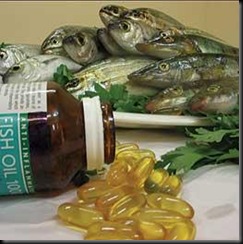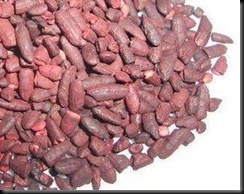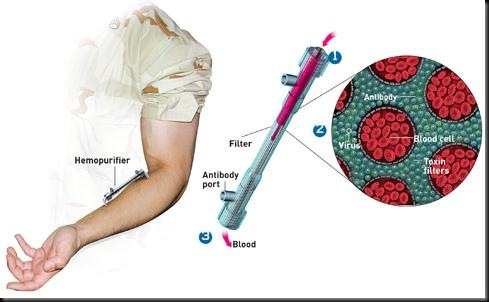A regimen of supplements and lifestyle coaching is just as effective as statin medication for reducing levels of low-density lipoprotein (LDL) or "bad" cholesterol, and more effective in helping people lose weight, new research shows.
People with high cholesterol who took red yeast rice and fish oil daily and received counseling on diet, exercise and relaxation techniques showed the same 40 percent drop in LDL cholesterol seen among people taking 40 milligrams of simvastatin daily, Dr. David J. Becker of the University of Pennsylvania Health System's Chestnut Hill Hospital and colleagues found. And they pared off an average of 10 pounds over 12 weeks, compared to less than a pound for patients taking the statin.
Becker has run a lifestyle program for people at risk of heart disease for 13 years. "People had a uniform desire to get off statins, and when they did their cholesterol was only going down maybe 5 percent at most," he told Reuters Health. The cardiologist decided to launch the current study after seeing many patients have success in lowering their cholesterol with red yeast rice and fish oil.
With a grant from the state of Pennsylvania, Becker and his team randomly assigned 74 patients to receive 40 milligrams of simvastatin (Zocor) daily along with printed information on lifestyle changes, or to three capsules of fish oil twice daily and 600 milligrams of red yeast rice daily along with the 12-week lifestyle program.
LDL cholesterol levels fell by 42.4 percent in the red yeast rice group and by 39.6 percent in the simvastatin group, not a statistically significant difference. Triglyceride levels didn't change in the statin group, but fell 29 percent in the red yeast rice group, probably because they were taking fish oil, according to Becker and his team.
People in the red yeast rice group lost an average of 4.7 kilograms (just over 10 pounds), compared to 0.3 kilograms (less than a pound) in the statin group.
Red yeast rice comes from fermenting red yeast with rice. Known as hong ku, the substance has been used as a medicine and food garnish in parts of Asia for centuries, Becker said. It contains a substance called monacolin-K that is nearly identical to the cholesterol-lowering drug lovastatin (Mevacor), as well as several other monacolins that may also have cholesterol-lowering properties.
People in the red yeast rice arm of the study were taking the equivalent of 10 to 15 mg of lovastatin, Becker said. "This lovastatin dosage is quite small, yet the effects we saw with the red yeast rice were akin to those one would generally see with a much higher dose of lovastatin."
"However, it is not risk-free, and it must be used carefully and in conjunction with your physician."
If more studies bear out the current findings, he added, the supplement/lifestyle intervention he and his colleagues tested could offer an alternative to people with high cholesterol who don't want to take statins, or who can't tolerate the drugs. However, he added, people who actually have heart disease should stick with statins, because they have been shown to reduce mortality.
Becker noted that a recent analysis by Consumer Lab found red yeast rice products varied sharply in their potency, and some were contaminated with a toxic byproduct called citrinin. "This paper is a call for better regulation of this supplement as well so that we know consistently what's in it," he said.
Source:Msnbc








